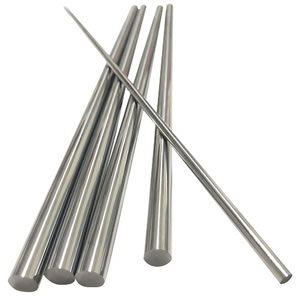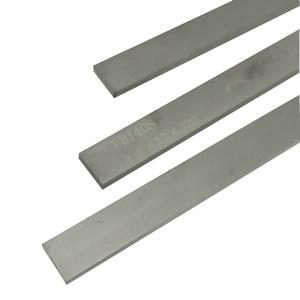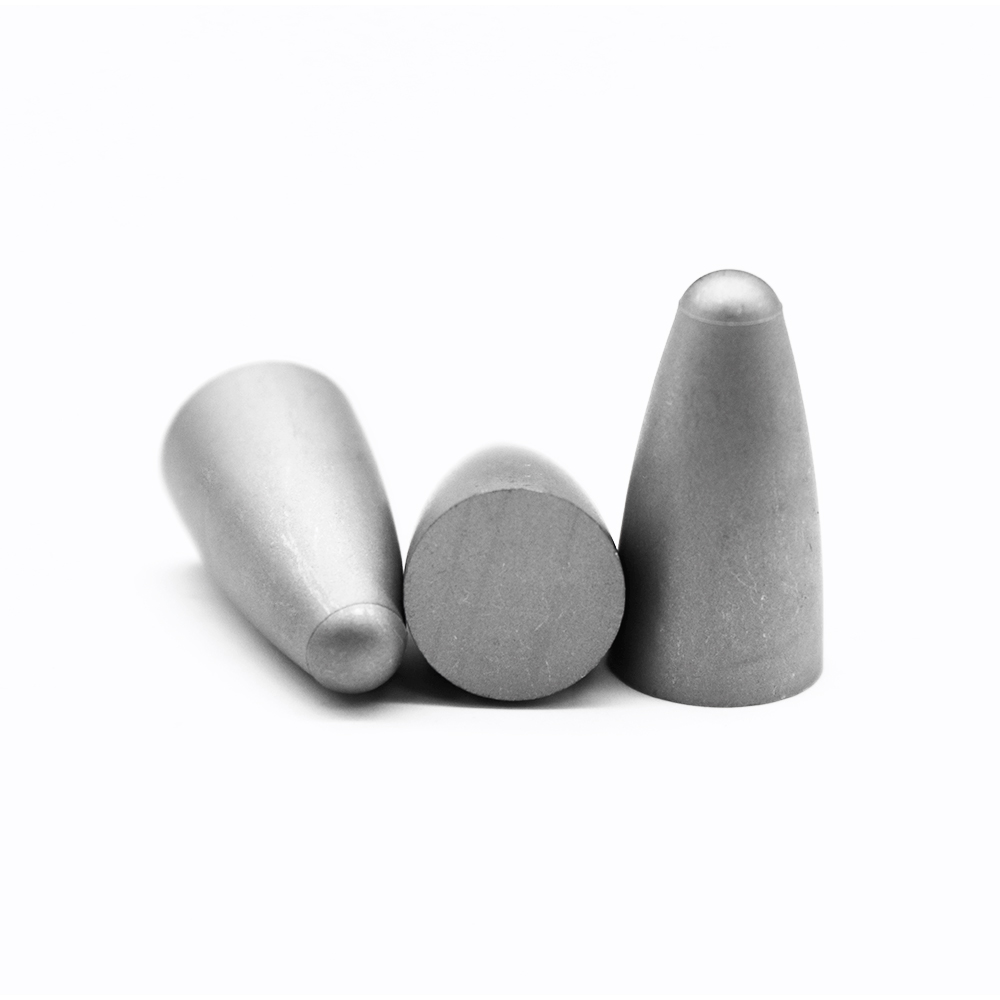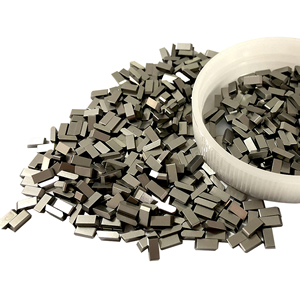How to Pick the Correct Tungsten Carbide Burr
How to Pick the Correct Tungsten Carbide Burr

Do you need a new burr made of tungsten carbide? Making the correct choice can have a significant impact on the effectiveness and caliber of your work. Owning a small manufacturing company, doing do-it-yourself projects, or working as a professional metalworker—having the proper tungsten carbide burr in your toolbox may save you a ton of money, time, and aggravation.
Burrs made of tungsten carbide are adaptable instruments that can be utilized for several tasks, such as material removal, surface finishing, and edge-breaking in addition to deburring. These sturdy cutting instruments are highly valued due to their remarkable hardness, resilience, and extended lifespan. But how can you choose the best tungsten carbide burr for your needs when there are so many variations available?
We'll walk you through the important considerations to make when choosing the ideal tungsten carbide burr for your project in this in-depth tutorial. We'll go over everything, from size and shape to grit and shank type, to make sure you pick the best choice and receive the most return on your investment.
Dimensions and Form
There are many different sizes and forms of tungsten carbide burrs, and each is made for a particular use. The most typical forms are tapered, ball, cone, and cylinder. The size you select will be determined by the scope of the project and the degree of accuracy needed.
A larger burr with a tapered or cylindrical shape might work best for heavier, more complex operations. For quicker material removal, these offer a larger surface area and a more forceful cutting action. However, for smaller, more delicate tasks, you might need a small, ball-shaped burr that can easily fit into small gaps and delicate details.
The size of the workpiece, the depth of the cut, and the required level of detail should all be taken into account when choosing the size. To ensure exact control and maneuverability, it's a good idea to select a burr that's marginally smaller than the region you need to work on.
Grit and Type Abrasive
The size and coarseness of the abrasive particles on the cutting surface are referred to as the grit of a tungsten carbide burr. For rapid stock removal and aggressive material removal, coarser grits like 60 or 80 work well. Finer grits, such as 120 or 180, are more appropriate for delicate finishing tasks because they yield a smoother finish.
The kind of abrasive you employ can have an effect on the performance of your tungsten carbide burr in addition to grit size. Aluminum oxide and silicon carbide are the most widely used abrasives. Because of its exceptional toughness and razor-sharp cutting edges, silicon carbide is a great material to work with when dealing with difficult materials like titanium and stainless steel. Conversely, aluminum oxide is more adaptable and works with a larger variety of materials, including wood, plastics, and soft metals.
To guarantee the best results, choose a burr with the right grit and abrasive kind, taking into account the particular material you'll be dealing with.
Type of Shank
The component that joins the cutting head of a tungsten carbide burr to the drill or tool holder is called the shank. The three most popular kinds of shanks are threaded, collet, and straight. Every one of them has its own and works well for various purposes.
The most adaptable shanks are straight ones because they fit into many different types of tool holders, such as drill presses, chucks, and collets. Shanks for collets are made to fit tightly into them so that the connection is stable and secure. Conversely, because they are simple to screw into the tool's spindle, threaded shanks are perfect for use with power tools and angle grinders.
When selecting a shank type, take into account the tool or tools you want to use, the amount of control and precision needed for the project, and the tool or equipment you'll be employing.
You may choose the ideal tungsten carbide burr for your unique requirements by carefully weighing these important considerations. Selecting the appropriate burr is crucial for achieving optimal results in both large-scale metalworking projects and intricate hobby crafts.
So, why do you hesitate? Find the tungsten carbide burr that will elevate your project by starting to explore the wide world of them!





















